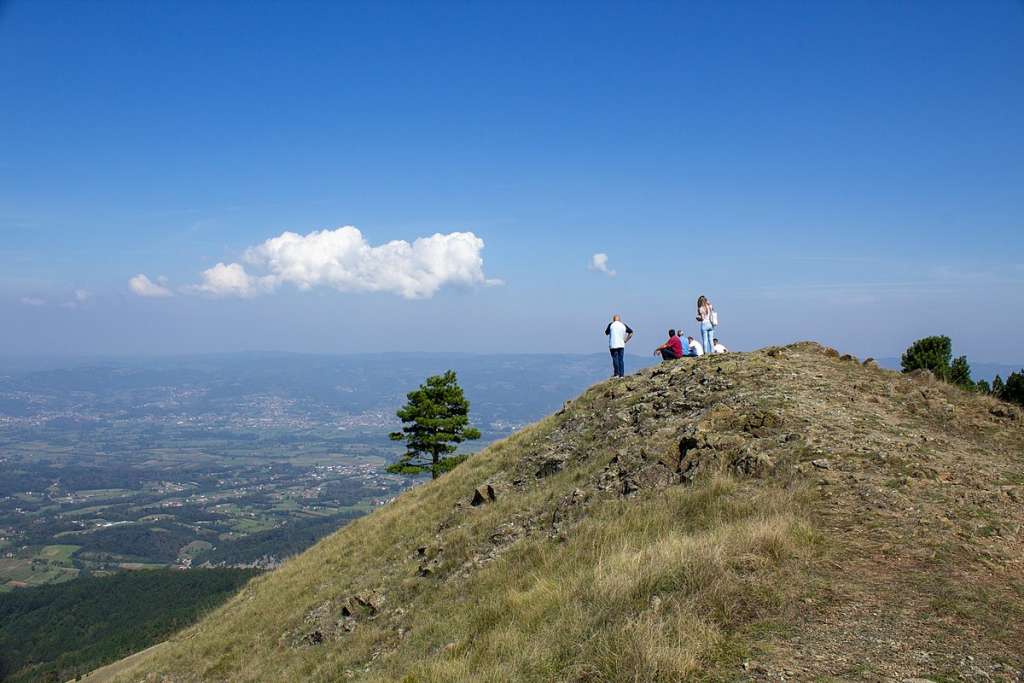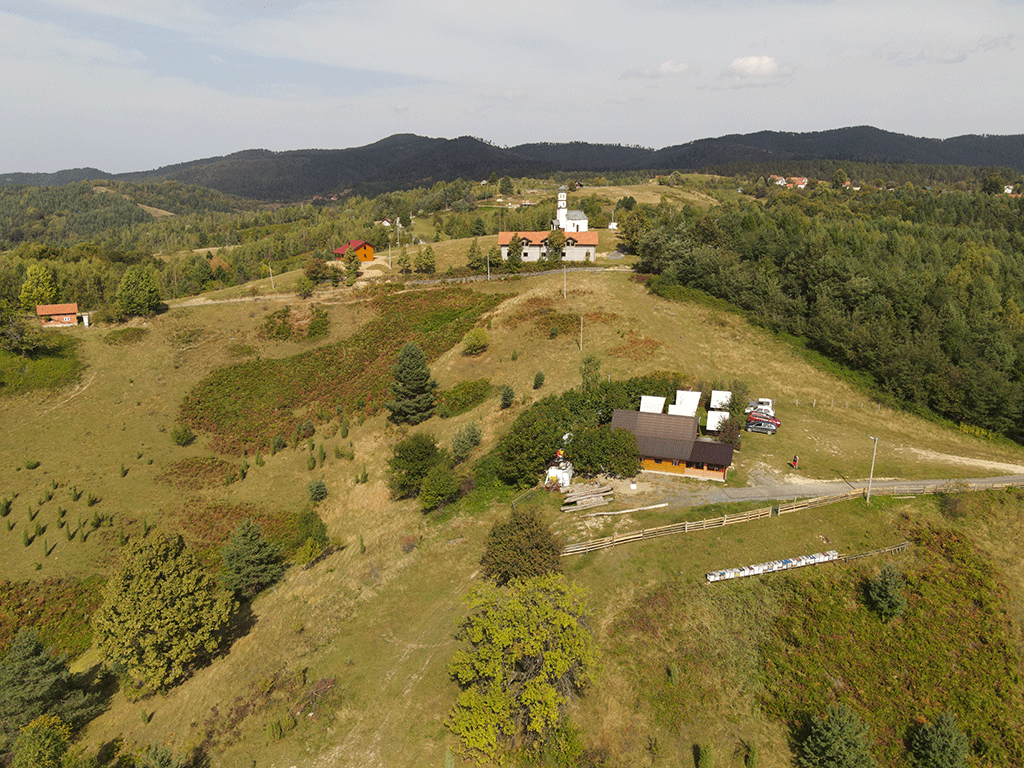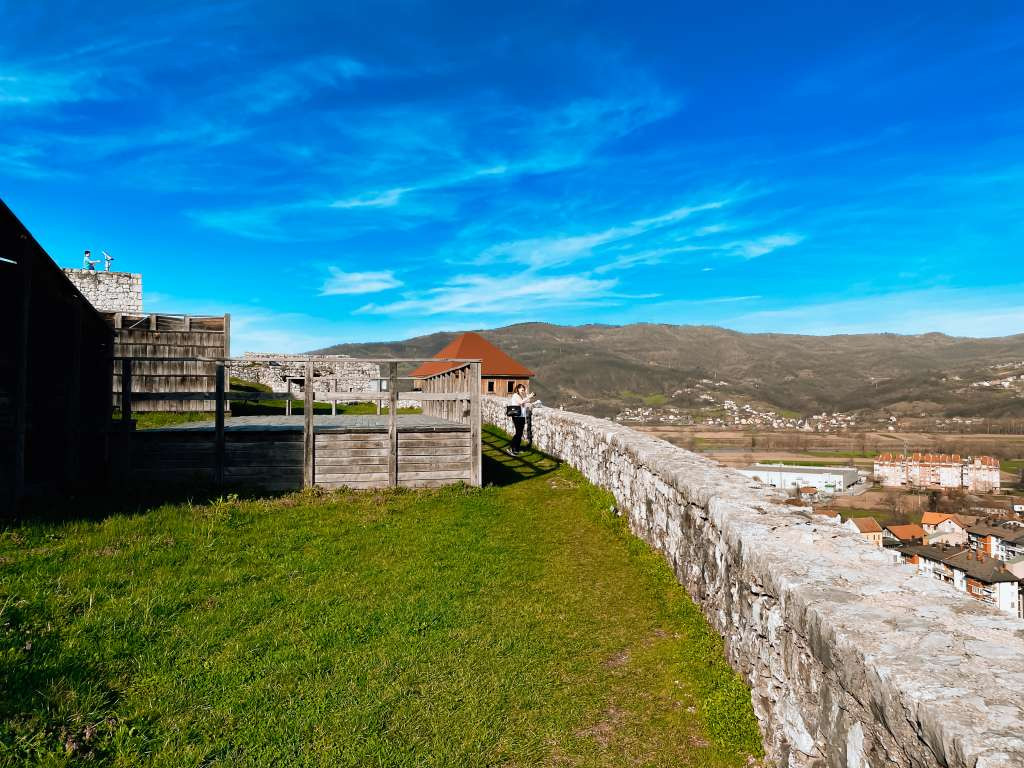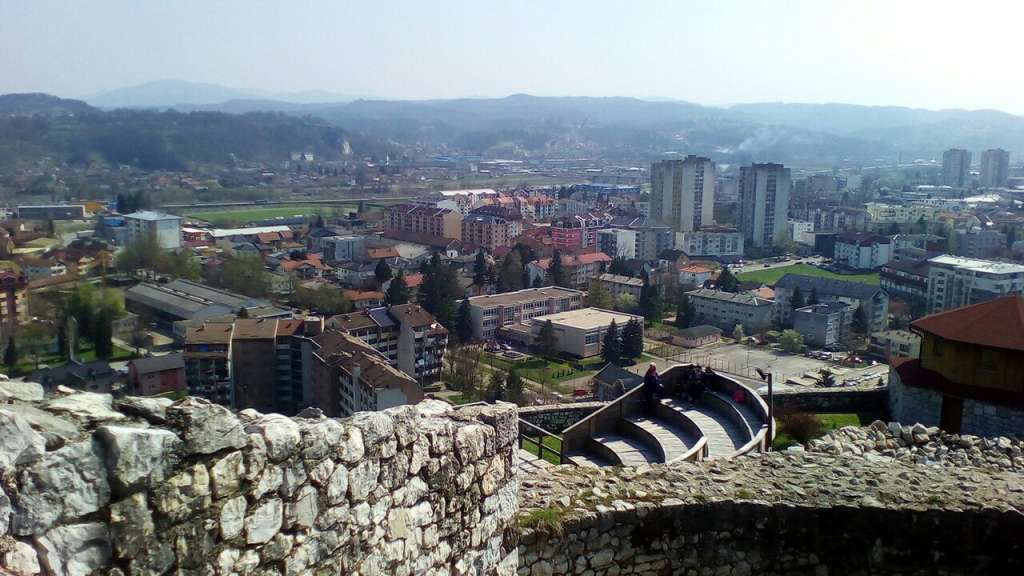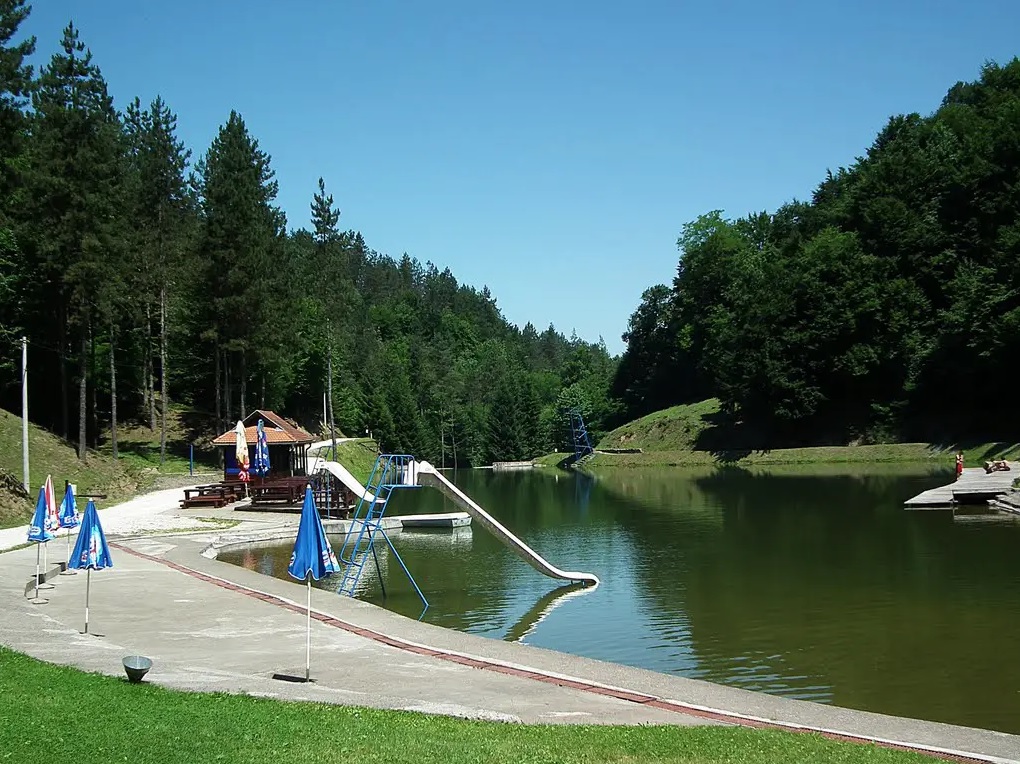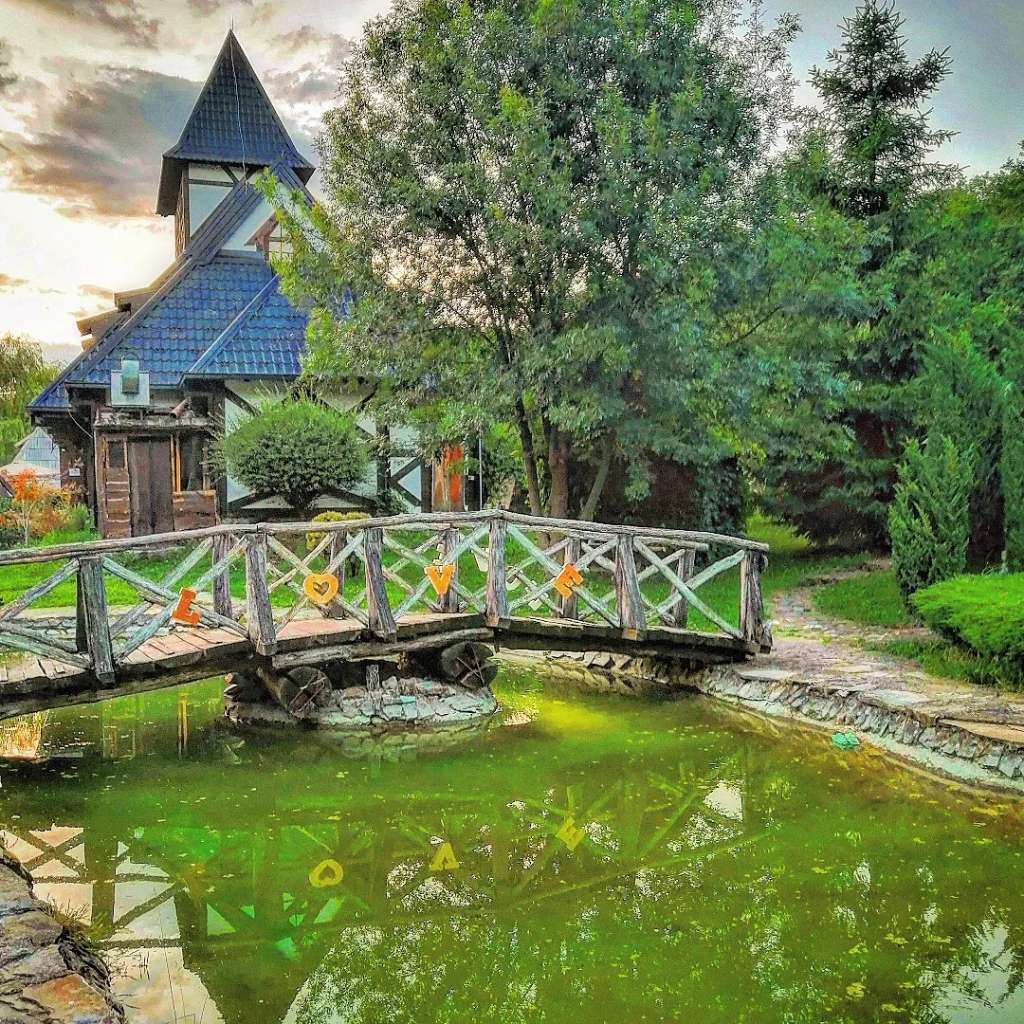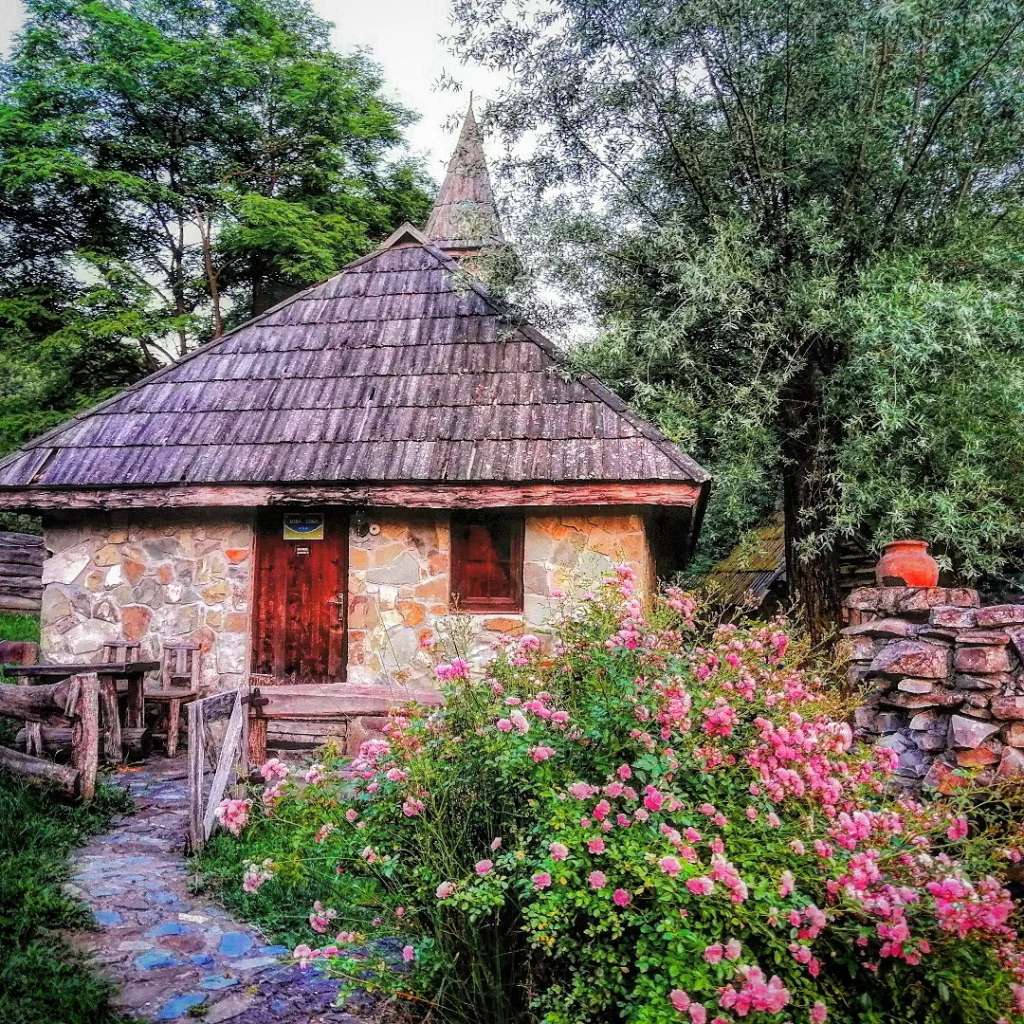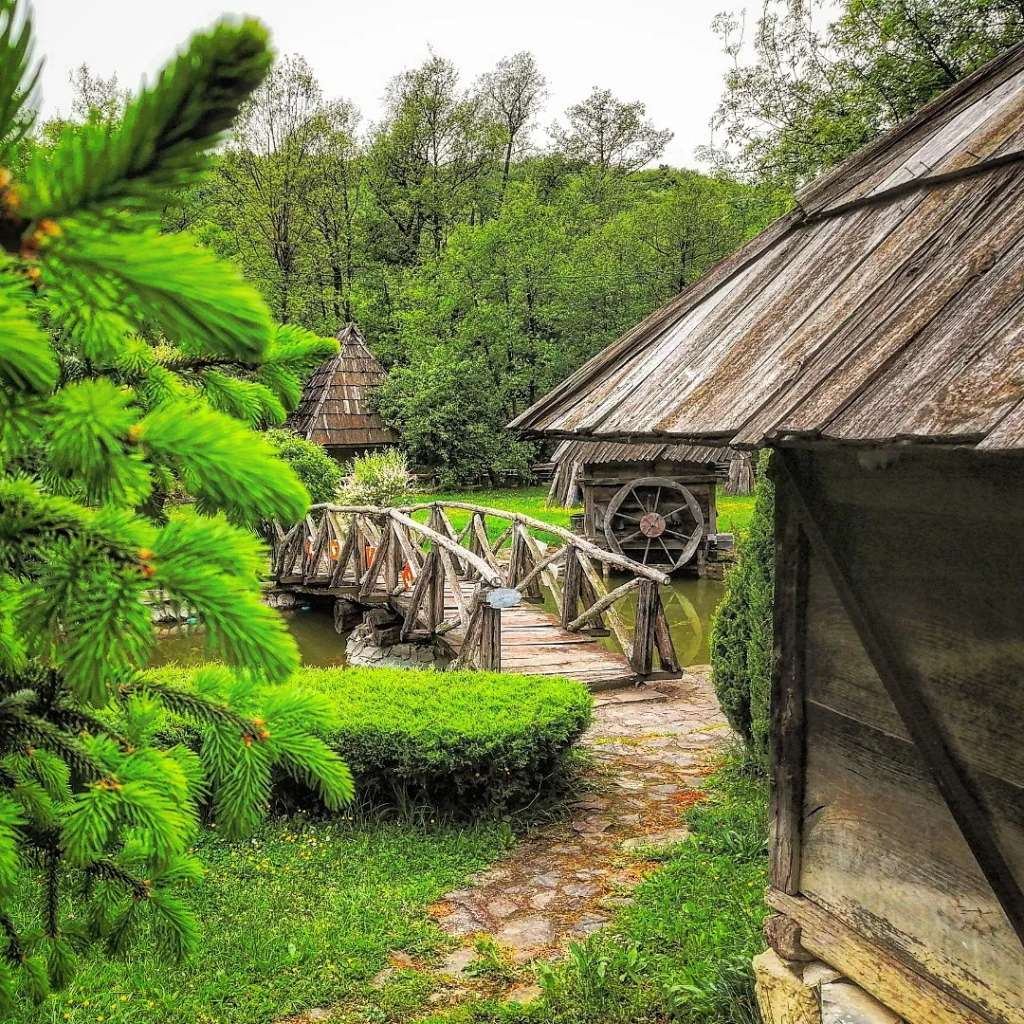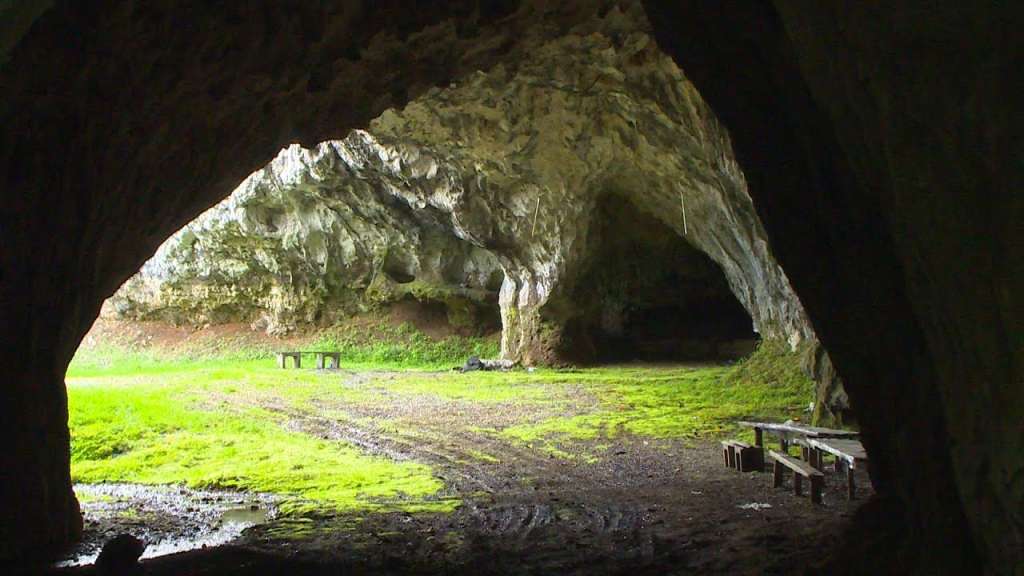Traces of human existence in the Doboj area date back to the Old Stone Age. Since then, and through the periods of the younger stone and metal age, as anthropologists, historians and ethnologists claim, life here has been going on continuously.
During the Roman rule, the first urbanization began here, which is most eloquently demonstrated by the remains of the famous Roman fortification complex at the mouth of Usora in Bosnia, which consists of the military camp Castrum and the settlement of Kanube (Canabea). Immigrating to these areas during the 6th and 7th centuries, Slavs lived in tribal and clan communities in smaller territorial units – parishes.
Doboj fortress
Based on the remains found, it is believed that the old town of Doboj was founded in the 14th century. For the first time, on 28 June 1415, it is mentioned that Sigismund’s soldiers camped “In Uxsora subtus castrum Doboi”, on the basis of which we learn that there was a Doboj castrum, as well as its suburbs. It is not among the largest, historically most famous or most valuable fortresses in Bosnia, but what attracts is the interesting, imposing silhouette of this city.
During the strengthening of the feudal social system, in the 12th and 13th centuries, an unknown lord built a tower-court. It was located on the top of the hill, and its foundations are also the foundation of the donjon-tower that was built later. Miteser’s engraving from 1808 testified to the existence of the tower. It can also be seen on the engraving from 1697 as the most prominent point of the fortress.
Based on today’s condition, we can conclude that the fortress was expanded and strengthened in the pre-Ottoman era. The Ottomans changed the spatial structure and appearance of Doboj in several stages. In the Austro-Hungarian period, major repairs were carried out in 1881, while the first conservation and restoration works were carried out in 1915.
The Doboj fortress is certainly the most recognizable part of this city, but there are numerous other destinations that are definitely worth visiting. This primarily refers to Goransko Jezero, the lake which is 8.7 kilometers away from the town, so it is used not only by motorized guests, but also by pedestrians and recreationists. This oasis of peace is surrounded by a dense pine forest, which provides a feeling of freshness at every moment, even on the hottest summer days, when bathers and hikers visit the lake most frequently.
One of the most beautiful peaks of Ozren is Gostilj with an altitude of 773 meters. In addition to mountaineers, who are frequent visitors to this elevation, it is regularly visited by members of the paragliding club “Paraghost”, which also has a take-off platform at the Gostilje. The guest house is most visited at the beginning of September, when the event “Tea Day on Ozren” is traditionally held, and is dedicated to the picking of mountain germander, famous medicinal herb. This tradition is inscribed on the UNESCO list of intangible cultural heritage.
The highest peak of the Ozren Mountains is Velika Ostravica with 918 meters above sea level, and it is ideal for lovers of cycling and hiking. For a more complete experience of the beautiful landscape view, a viewpoint was built, which raises us above the dense coniferous trees and offers a fantastic view which stretches for kilometers.
Air spa
The ethno village Kotromanićevo is located on the bank of the river Veličanka. It exudes simplicity due to the multitude of traditional artifacts, which are up to 300 years old and brought from different locations in Bosnia and Herzegovina. By walking through nature, you can visit a market of local handicrafts and eco products, a children’s playground, a water mill, a lake and a camp. Special attention is drawn to the Dvorac restaurant, a place where traditional and contemporary swords crossed. Unique in its architecture, it resembles an ancient royal house decorated with many medieval coats of arms and artifacts, shields, swords and antiques.
The Jošava educational promenade connects the Preslica Sports and Recreation Center and the Goransko Jezoro, 1,800 meters long lake. At the beginning of the trail on both sides, there are entrance boards with a map of the area, and along the trail there are six educational boards that introduce us to the geography, history, hydrology, flora, fauna, and traditions of the Ozren region.
In the middle of the educational path, a covered wooden rest area with benches and tables is installed, which makes every tired walker happy to take a break and enjoy the scenery.
Brezici is an aerial spa at 640 meters above sea level. The climatic quality of the Brezica plateau is particularly evident in cases of bronchial diseases, asthma, cardiovascular diseases and diabetes. It has been medically proven that patients suffering from the aforementioned diseases enjoy staying on this plateau, especially in the period from June to October.
The cave in Stanovi is located about 15 kilometers from Doboj, in the place called Stanovi. The cave served as a shelter for hajduk men, which is why it got the name “Hajdučka pećina/Hajduk’s Cave”. There is a legend that says that at the entrance to the cave there used to be an Orthodox log cabin church, the first in this area. The same legend says, a girl serving the church jumped from the ceiling of the church. Since then, it has been called the “Maiden’s Cave”.


